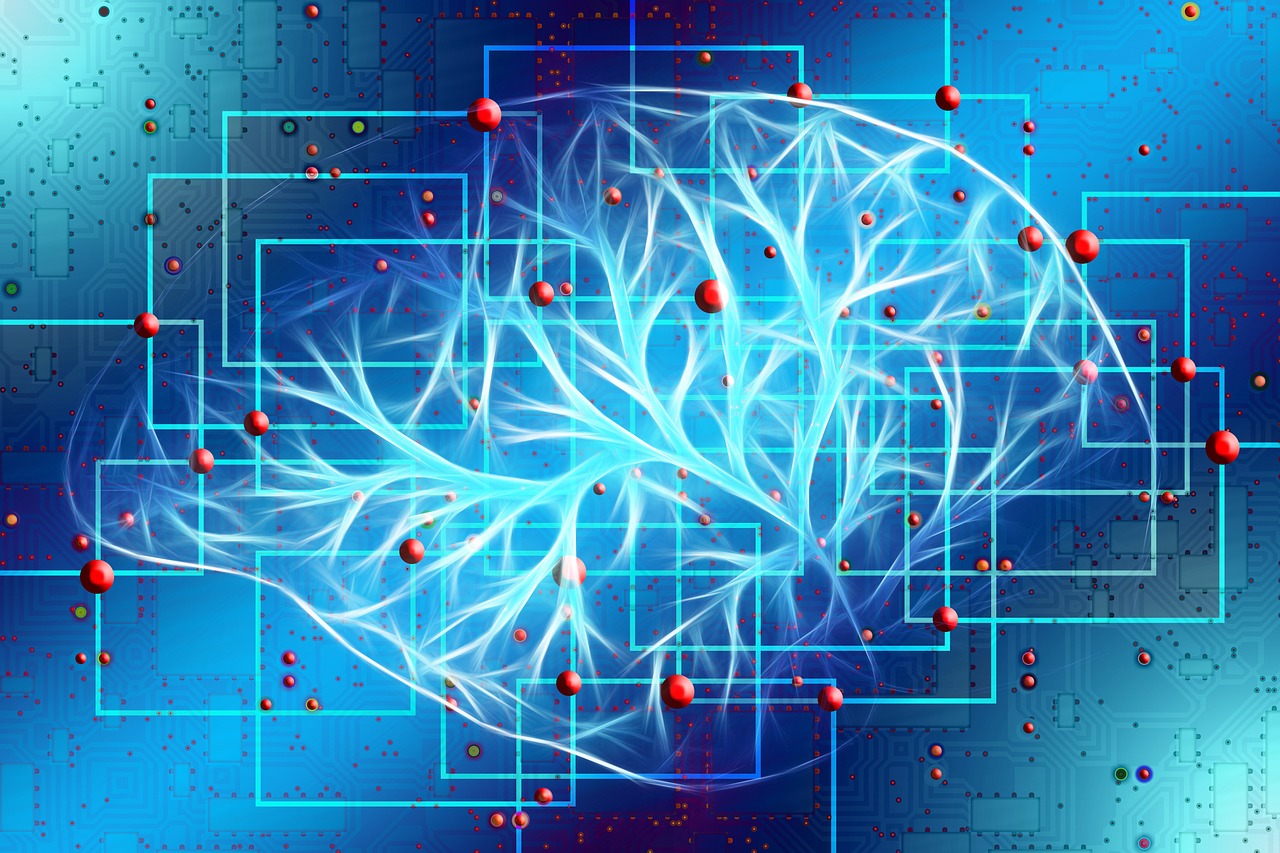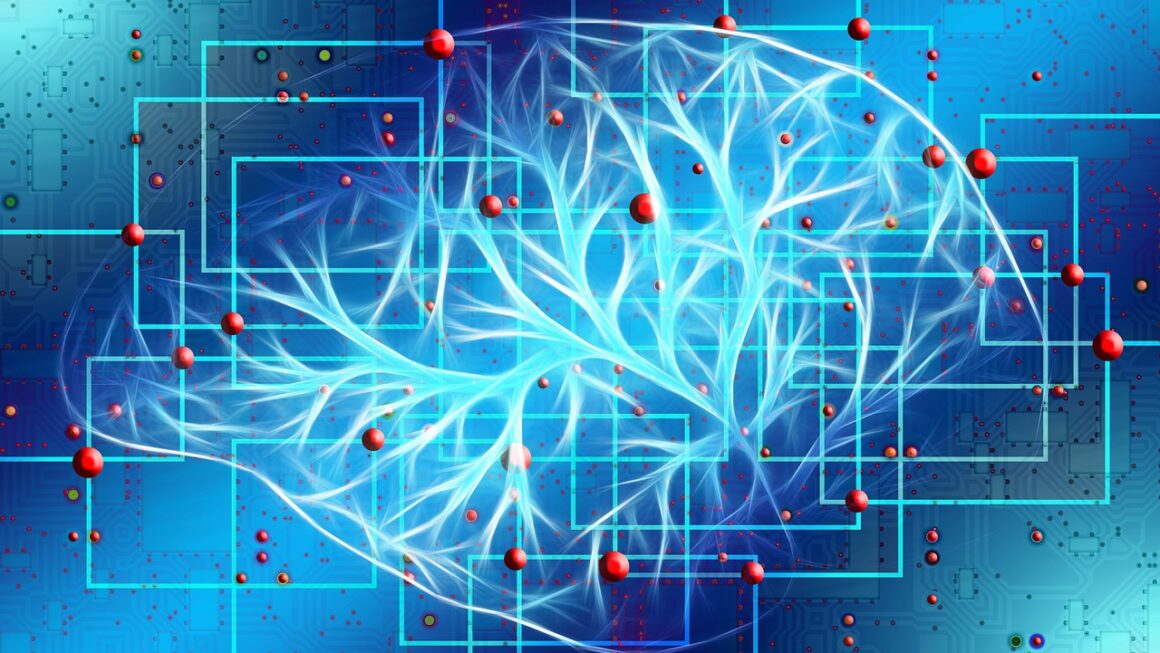Neural networks are revolutionizing fields from healthcare and finance to self-driving cars and natural language processing. But what exactly are they? At their core, neural networks are a computational model inspired by the structure and function of the human brain. This means they are designed to recognize patterns, learn from data, and make intelligent decisions without explicit programming. This blog post will explore the intricacies of neural networks, diving into their architecture, applications, and the underlying principles that make them such a powerful tool in modern artificial intelligence.
Understanding Neural Network Architecture
The Neuron: The Basic Building Block
At the heart of a neural network lies the artificial neuron, also called a perceptron. This fundamental unit receives inputs, processes them, and produces an output. Here’s a breakdown of what happens inside a neuron:
- Inputs: Neurons receive multiple inputs (x1, x2, x3, etc.) representing data features.
- Weights: Each input is associated with a weight (w1, w2, w3, etc.), which signifies the importance of that input.
- Summation: The weighted inputs are summed together.
- Bias: A bias term (b) is added to the sum. This helps the neuron activate even when all inputs are zero.
- Activation Function: The sum is then passed through an activation function (e.g., sigmoid, ReLU). This function introduces non-linearity, enabling the network to learn complex patterns. The output of the activation function is the neuron’s output.
For example, imagine a neuron deciding if a customer is likely to click on an ad. The inputs could be:
- x1: Age of the customer (weight w1 = 0.2)
- x2: Past spending on the website (weight w2 = 0.5)
- x3: Time of day (weight w3 = 0.1)
The neuron would calculate (w1x1 + w2x2 + w3x3 + b) and then pass the result through a sigmoid function to produce a probability of the customer clicking the ad (between 0 and 1).
Layers: Organizing the Neurons
Neurons are organized into layers within the network.
- Input Layer: Receives the raw input data. The number of neurons in this layer corresponds to the number of features in the input data.
- Hidden Layers: Perform complex computations on the input data. A neural network can have multiple hidden layers, allowing it to learn increasingly abstract representations of the data.
- Output Layer: Produces the final output of the network. The number of neurons in this layer depends on the task being performed (e.g., one neuron for binary classification, multiple neurons for multi-class classification).
The connections between neurons in adjacent layers are called “weights,” and these weights are what the network learns during the training process.
Types of Neural Networks
Different neural network architectures are suited for different tasks:
- Feedforward Neural Networks (FFNNs): Information flows in one direction, from input to output. Suitable for tasks like classification and regression.
- Convolutional Neural Networks (CNNs): Specifically designed for processing image data. Use convolutional layers to automatically learn spatial hierarchies of features.
- Recurrent Neural Networks (RNNs): Designed for processing sequential data like text or time series. Have recurrent connections that allow them to maintain a “memory” of past inputs.
- Generative Adversarial Networks (GANs): Consist of two networks, a generator and a discriminator, that compete against each other to generate realistic data.
Training Neural Networks: The Learning Process
The Role of Data
Neural networks learn from data, specifically labeled data when performing supervised learning. The more data available, the better the network can learn and generalize to new, unseen examples. Data preprocessing is a crucial step:
- Data Cleaning: Removing inconsistencies, handling missing values.
- Data Transformation: Scaling and normalizing data to improve training performance.
- Feature Engineering: Creating new features from existing ones to provide the network with more relevant information.
The Optimization Algorithm
The training process involves adjusting the weights and biases of the network to minimize a loss function. The loss function measures the difference between the network’s predictions and the actual values. Common optimization algorithms include:
- Gradient Descent: Iteratively adjusts the weights and biases in the direction that minimizes the loss function.
- Stochastic Gradient Descent (SGD): A variant of gradient descent that updates the weights after processing each individual training example.
- Adam: An adaptive optimization algorithm that combines the benefits of both SGD and RMSprop.
- Example: Consider training a network to classify images of cats and dogs. The loss function might measure how often the network incorrectly identifies a cat as a dog or vice versa. The optimization algorithm will adjust the weights and biases to reduce this error rate.
Backpropagation: The Engine of Learning
Backpropagation is the algorithm used to calculate the gradients of the loss function with respect to the weights and biases. It works by propagating the error signal backward through the network, from the output layer to the input layer. This allows the network to determine how each weight and bias contributed to the overall error.
Practical Applications of Neural Networks
Image Recognition and Computer Vision
CNNs have revolutionized image recognition, enabling tasks such as:
- Object Detection: Identifying and locating objects within an image (e.g., identifying cars, pedestrians, and traffic lights in self-driving cars).
- Image Classification: Categorizing images based on their content (e.g., identifying different types of flowers or animals).
- Image Segmentation: Dividing an image into regions based on their semantic content (e.g., separating the foreground from the background).
Practical Tip: Consider using transfer learning, where you start with a pre-trained CNN (trained on a large dataset like ImageNet) and fine-tune it for your specific task. This can significantly reduce the amount of data needed for training.
Natural Language Processing (NLP)
RNNs and Transformers are widely used in NLP for tasks such as:
- Machine Translation: Translating text from one language to another.
- Text Summarization: Generating concise summaries of long documents.
- Sentiment Analysis: Determining the emotional tone of a piece of text.
- Chatbots: Creating conversational AI agents that can interact with users.
For instance, sentiment analysis can be used by companies to monitor social media for positive or negative mentions of their brand.
Healthcare
Neural networks are finding applications in various areas of healthcare:
- Disease Diagnosis: Assisting doctors in diagnosing diseases based on medical images or patient data.
- Drug Discovery: Identifying potential drug candidates by analyzing large datasets of chemical compounds.
- Personalized Medicine: Tailoring treatment plans to individual patients based on their genetic and medical history.
Recent research suggests that neural networks can predict patient readmission rates with higher accuracy than traditional statistical models.
Challenges and Future Directions
Overfitting and Regularization
Overfitting occurs when a neural network learns the training data too well and fails to generalize to new data. Techniques to mitigate overfitting include:
- Regularization: Adding penalties to the loss function to discourage overly complex models.
- Dropout: Randomly dropping out neurons during training to prevent them from becoming too reliant on each other.
- Data Augmentation: Creating new training examples by applying transformations to existing ones (e.g., rotating, cropping, or scaling images).
Explainability and Interpretability
One of the major challenges with neural networks is their “black box” nature. It can be difficult to understand why a network makes a particular decision. Research is focused on developing methods to make neural networks more explainable and interpretable. Techniques include:
- Attention Mechanisms: Highlighting the parts of the input that the network is paying attention to.
- Feature Visualization: Visualizing the features that the network has learned.
- LIME (Local Interpretable Model-Agnostic Explanations): Approximating the behavior of a complex model locally with a simpler, interpretable model.
The Future of Neural Networks
The field of neural networks is constantly evolving. Future research directions include:
- Self-Supervised Learning: Training networks on unlabeled data.
- Neuromorphic Computing: Developing hardware that mimics the structure and function of the human brain.
- Quantum Neural Networks: Leveraging the principles of quantum mechanics to create more powerful neural networks.
Conclusion
Neural networks represent a significant advancement in artificial intelligence. Their ability to learn from data and solve complex problems has made them indispensable in a wide range of industries. While challenges remain, ongoing research and development are constantly pushing the boundaries of what’s possible. By understanding the fundamentals of neural network architecture, training, and applications, you can begin to explore the transformative potential of this powerful technology.




